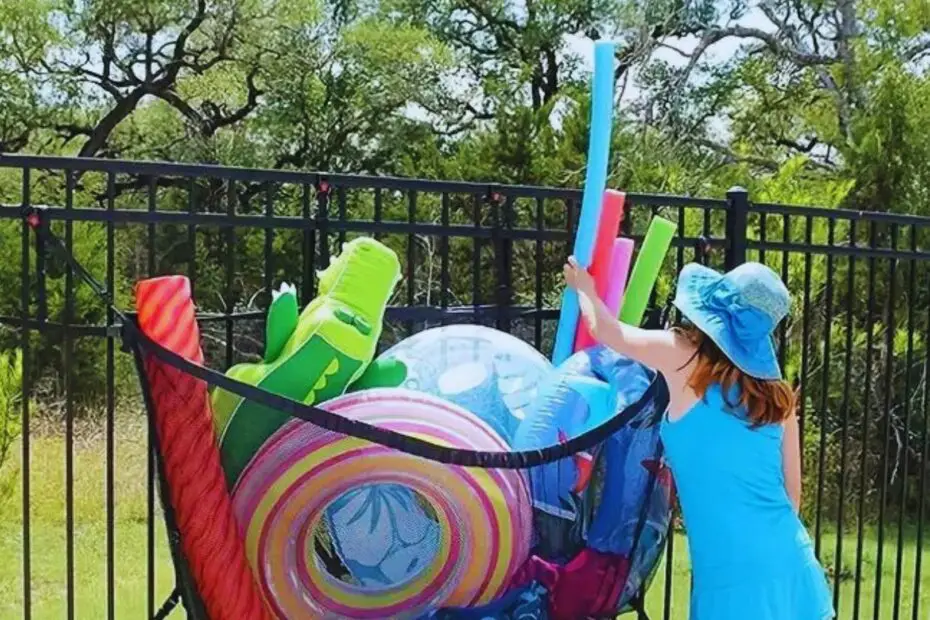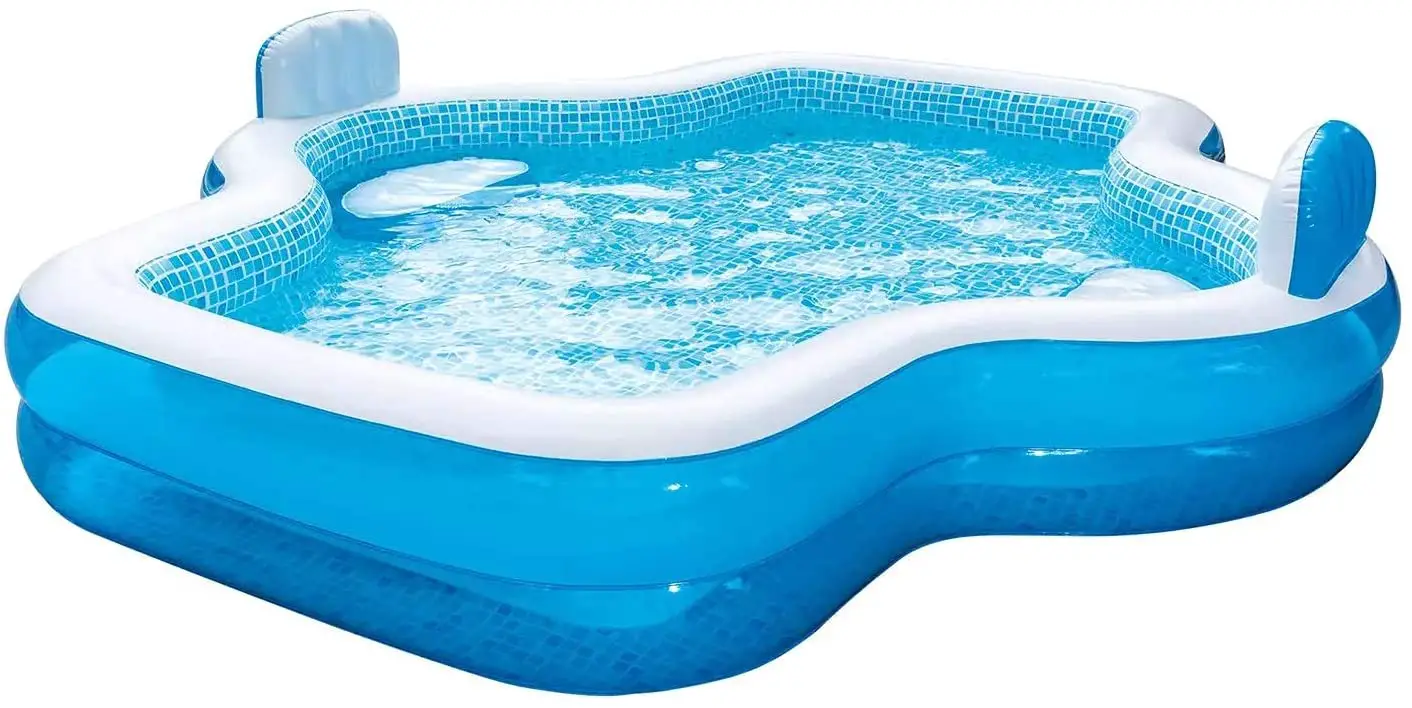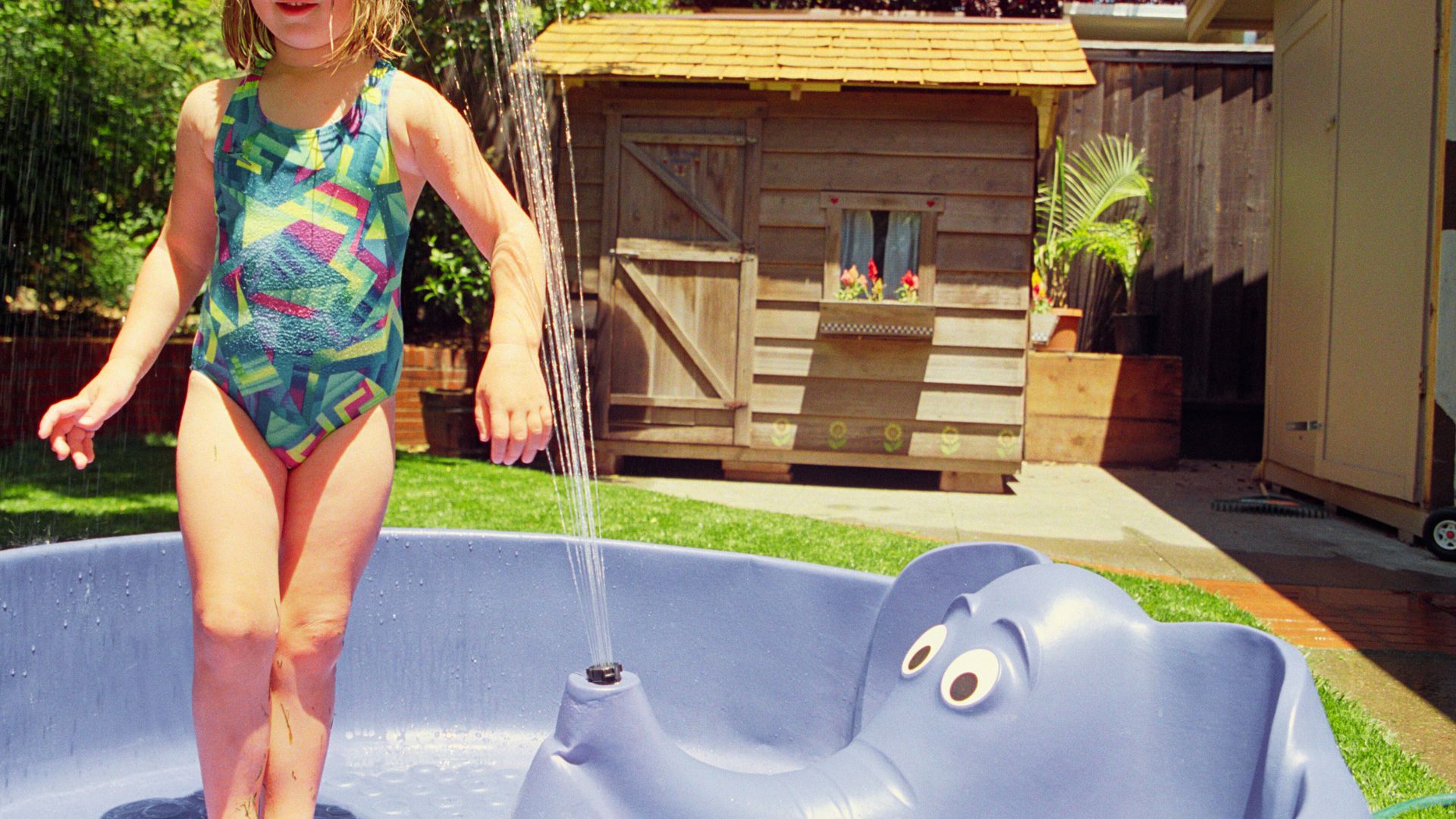Proper storage of pool inflatables is crucial for several reasons, all aimed at enhancing their longevity and ensuring your backyard remains organized and aesthetically pleasing. When pool inflatables are not stored correctly, they are susceptible to various forms of damage, such as mold, mildew, and material degradation, which can significantly shorten their lifespan and result in unnecessary waste and additional expenses.
Firstly, when inflatables are left out in the open or stored improperly, they are exposed to the elements, which can lead to fading, cracking, and weakening of the material. The sun’s UV rays, for instance, can be particularly damaging, causing the colors to fade and the material to become brittle over time. Similarly, exposure to rain and moisture can foster the growth of mold and mildew, not only compromising the inflatable’s structural integrity but also creating potential health hazards.
Moreover, inflatables that are not thoroughly cleaned and dried before storage can retain moisture, further increasing the risk of mold and mildew growth. This is why the cleaning and drying process is emphasized as a critical pre-storage step. Proper cleaning removes dirt, debris, and bacteria, while thorough drying ensures that no moisture is trapped inside, which could lead to fungal growth and unpleasant odors.
Deflation and proper folding are also vital to maintaining the shape and integrity of the inflatables. Storing them while inflated or improperly folded can cause creases, stress on the seams, and even tears, making them unusable when the next pool season arrives. The recommended storage practices include deflating the inflatables completely, folding them carefully to avoid creases, and storing them in a dry, temperature-controlled environment to prevent any damage from extreme temperatures or humidity.
In addition to preserving the inflatables themselves, proper storage also contributes to backyard organization. Storing inflatables neatly and efficiently can save space, reduce clutter, and make your outdoor areas more inviting and enjoyable. Whether it’s using innovative storage solutions or simply being diligent about maintenance and care, the effort put into storing pool inflatables properly pays off in the long run, ensuring they are ready and in good condition for the next use.
Pre-Storage Cleaning and Maintenance
Deep Cleaning to Prevent Mold and Mildew
Before storing pool inflatables, it’s essential to clean them thoroughly. This step is crucial to prevent the growth of mold and mildew, which thrive in moist environments and can degrade the material of your inflatables. Sources suggest washing the inflatables with mild detergent and warm water, then rinsing them thoroughly to remove any soap residue.
Drying Inflatables Thoroughly
After cleaning, drying the inflatables completely is just as important. Any residual moisture can lead to mold and mildew formation, potentially ruining the inflatables. The recommended approach is to leave them out in the sun for a day or use a towel or blower to ensure they’re entirely dry.
Patching and Repairing
Inspecting inflatables for any damage and conducting repairs before storage is a wise step. This proactive approach means they will be ready for immediate use the next season, without the need for last-minute fixes. Using repair kits to patch up small tears or holes can significantly extend the life of your pool inflatables.
These detailed steps in cleaning, drying, and repairing your pool inflatables before storage, you can significantly extend their usability and enjoyment in the future. This process not only preserves the inflatables themselves but also ensures that your pool area remains organized and ready for the next season of fun.
Deflation and Folding Techniques
Proper deflation is vital to avoid damage and conserve storage space. The section will guide readers on how to effectively remove air from inflatables, highlighting various methods to suit different needs:
- Use of Deflation Tools: Recommending the use of deflation pumps or tools specifically designed for this purpose can facilitate quick and efficient air removal.
- Manual Methods: For those without specialized tools, simple techniques like using a straw to release air can be effective. This method is particularly handy for smaller inflatables or when tools are not available.
Folding and Rolling Tips: Once deflated, proper folding or rolling is essential to prevent creases or damage that could affect the inflatable’s longevity and performance:
- Folding Strategies: The post will provide insights on how to fold inflatables along their seams to minimize stress on the material and avoid creases that can lead to wear and tear over time.
- Rolling Techniques: For certain inflatables, rolling might be a more suitable storage method. The post will offer step-by-step guidance on tightly rolling items to ensure they are compact and the material is not strained.
By following these deflation and folding/rolling techniques, users can ensure their pool inflatables are stored compactly and remain in good condition, ready for the next pool season. This section aims to equip readers with practical skills to enhance their pool inflatable maintenance and storage practices, contributing to a more organized and enjoyable pool experience.
Innovative Storage Solutions
PVC Pipe Float Racks: Utilizing PVC pipes to create float racks is a popular DIY solution that offers a sturdy and customizable storage option for pool floats. The section will describe how to assemble a PVC rack, which can be designed to hang on walls or stand independently, providing a systematic approach to organize and store inflatables.
Weatherproof Baskets and Hanging Storage Buckets: Weatherproof baskets are highlighted for their versatility and ease of use, perfect for storing smaller pool items like toys and goggles. Similarly, hanging storage buckets on fences or walls can offer a quick and efficient way to clear poolside clutter. These solutions not only keep items off the ground but also add a neat aesthetic to the pool area.
Utilizing Wall Space with Cargo Nets: Cargo nets are an innovative solution for utilizing vertical space, ideal for holding lightweight inflatables, toys, and pool accessories. This section will guide on how to install a cargo net against a wall or fence, creating an easily accessible and visually appealing storage area.
Floating Storage Boxes: Crafting or purchasing floating storage boxes is a unique solution that allows pool users to store and access their inflatables and other pool accessories directly from the water. This section will discuss how to select or build a floating storage box, emphasizing convenience and functionality.
Pallets for Noodle Storage: Repurposing wooden pallets for storing pool noodles is a resourceful and eco-friendly idea. The post will explain how to secure pallets against a wall or stand them up to create an organized noodle storage system, which can be customized with paint or decorations for an attractive appearance.
Mobile and Aesthetic Solutions: Lastly, the section will touch on mobile and aesthetic storage solutions like lotion buckets and decorative ladders. These options not only serve a practical storage purpose but also contribute to the overall decor of the pool area, demonstrating how functional items can enhance the space’s visual appeal.
By implementing these innovative storage solutions, pool owners can enjoy a more organized and aesthetically pleasing pool area, ensuring that their inflatables and accessories are well-maintained and ready for use.
Choosing the Right Storage Space
Choosing the right storage space for pool inflatables is critical to ensure their longevity and prevent any potential damage. This part of the blog post emphasizes the significance of selecting an environment that will safeguard the inflatables when they are not in use.
Dry, Temperature-Controlled Environment: The storage area should be dry and have a stable temperature to prevent the inflatables from being damaged by extreme conditions. Heat can cause the material to soften or warp, while cold temperatures might lead to cracks or brittleness. Moreover, a humid environment can foster the growth of mold and mildew, which can degrade the material and potentially cause health issues. Opting for a climate-controlled space, such as an indoor storage room, garage, or basement, can help maintain the inflatables in optimal condition.
Space Availability: The amount of available space is crucial when storing inflatables. They should be stored without being overly folded or bent, which could lead to creases or damage to the material. Ensuring there is enough room to accommodate the inflatables comfortably without pressing them against sharp objects or surfaces will help maintain their integrity and readiness for the next use.
Cleanliness: The cleanliness of the storage area is another important factor. The space should be free from dirt, dust, and sharp objects that could puncture or scratch the inflatables. A clean environment helps prevent the accumulation of grime and potential contaminants on the inflatables, which would otherwise require additional cleaning before their next use.
Accessibility: Finally, the accessibility of the storage space is a practical consideration. Choosing a location that is easily accessible ensures that the inflatables can be quickly and effortlessly retrieved or stored. This is particularly important for those who use their pool inflatables frequently or have limited time for pool maintenance and setup.
By carefully considering these factors, pool owners can choose the most suitable storage space for their inflatables, ensuring they remain in good condition and ready for enjoyment in the pool season.
Conclusion
In conclusion, the proper storage of pool inflatables is not just about organization but also about preserving their quality and ensuring their longevity. By implementing the recommended practices for cleaning, maintenance, deflation, and folding, pool owners can prevent common issues such as mold, mildew, and material degradation. The innovative storage solutions provided, ranging from PVC racks to floating storage boxes, offer practical and aesthetically pleasing ways to keep pool areas tidy and inflatables ready for use.
Choosing the right storage space, one that is dry, temperature-controlled, and clean, further protects these items from environmental factors that could cause harm. Moreover, ensuring that the storage area is accessible and spacious enough to accommodate the inflatables without causing damage is crucial for their preservation.
By adopting these storage practices and perhaps innovating based on the tips outlined, readers can enjoy a more organized pool area and get the most out of their inflatables season after season. The emphasis is not just on prolonging the life of these items but also on enhancing the pool experience through effective organization and care.



